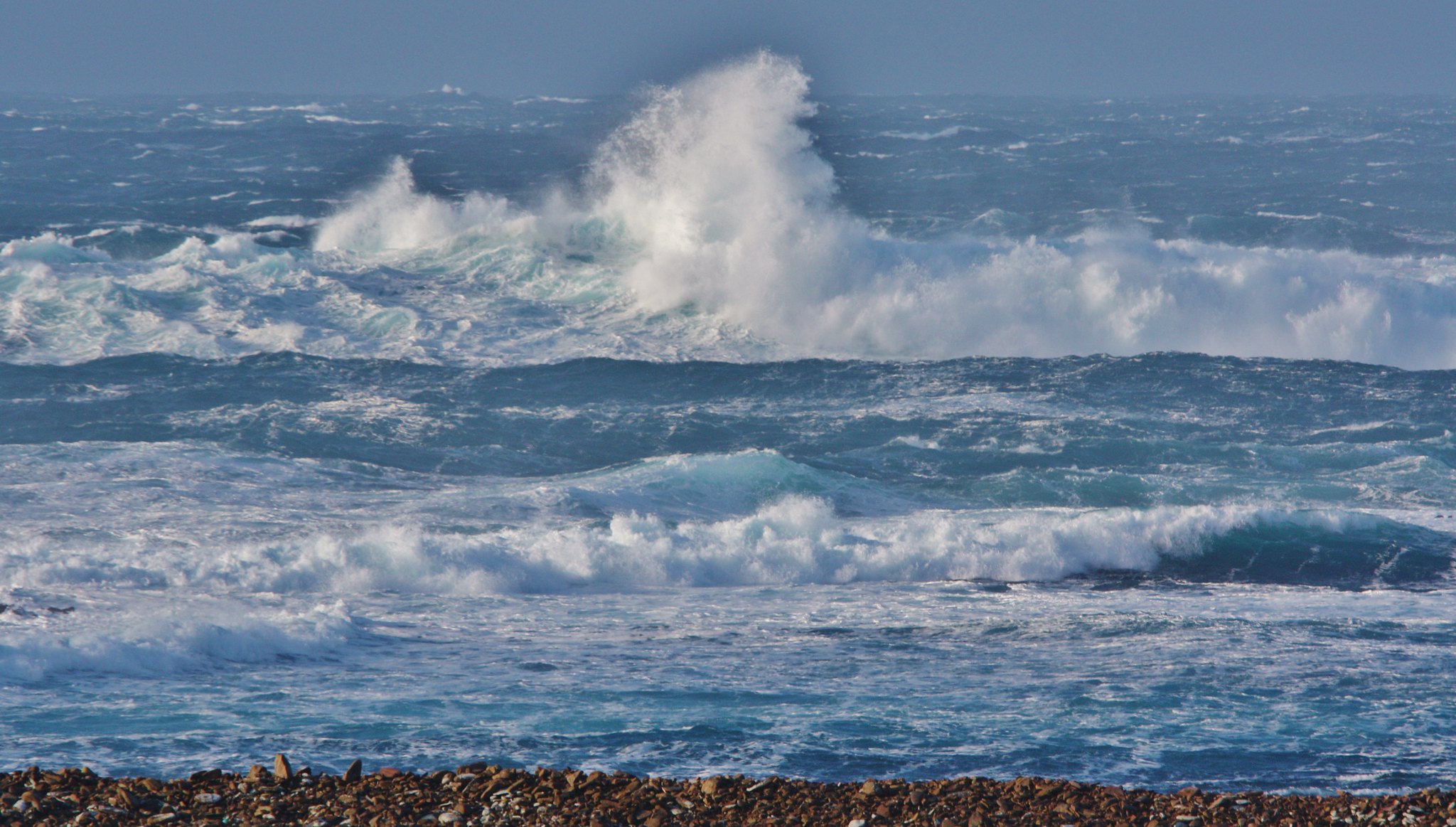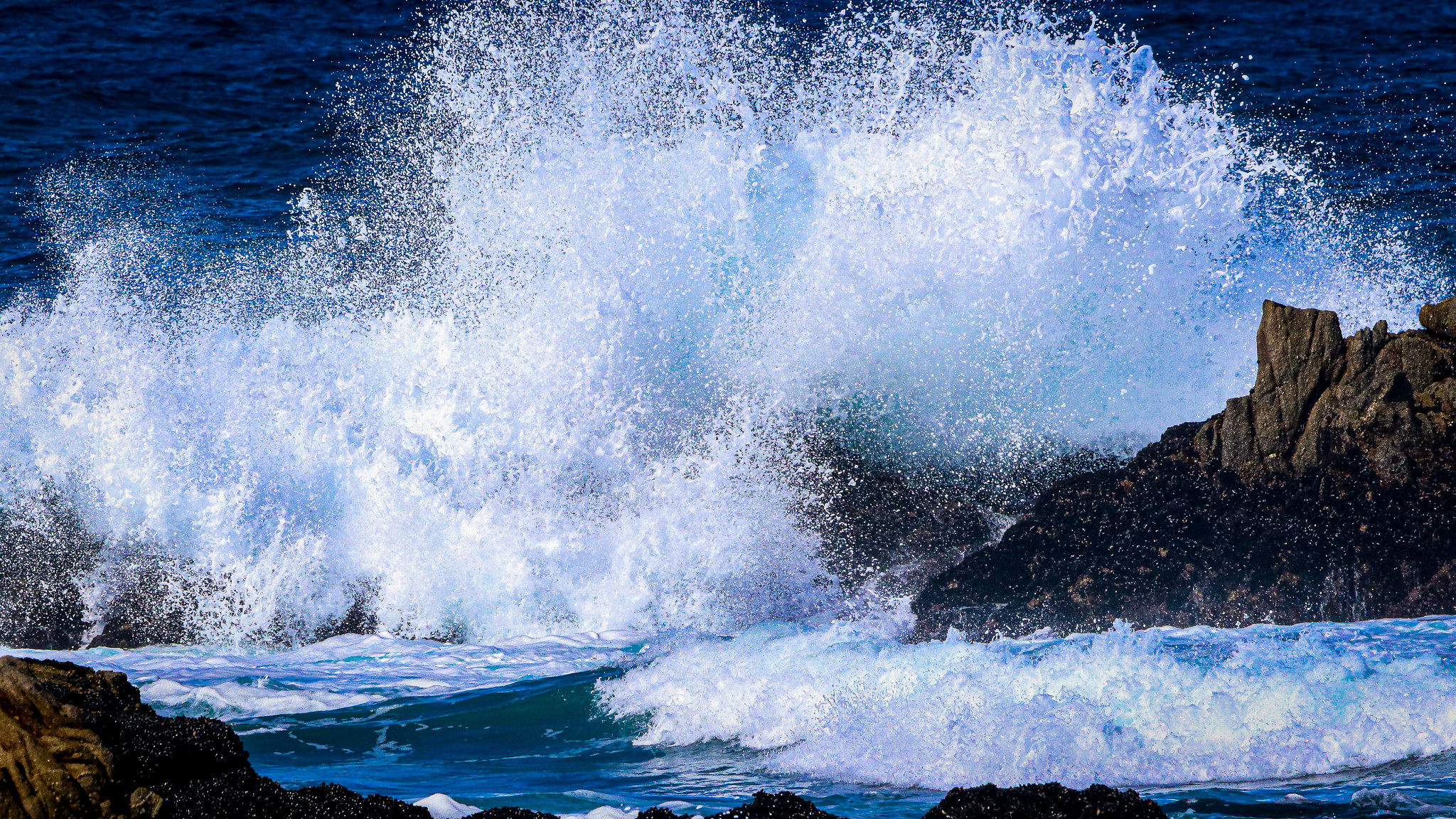In a break from many other books about the deep sea that talk about animals, Blue Machine focuses on the ocean itself, revealing a fascinating planetary engine. Equal parts physical oceanography, marine biology, and science history, topped off with human-interest stories, Czerski has written a captivating book that oozes lyricism in places.
Czerski is an accidental oceanographer, stumbling into the discipline from a background in physics. She boasts a long list of science communication credentials as a TV presenter, podcast host, columnist, public speaker, and author. This is a big book with chunky chapters but Czerski keeps the flow going by alternating between scientific explanations, fascinating experiments, and remarkable historical episodes. I find the deep sea endlessly fascinating and have been drawn ever further into oceanography through my reviews, yet something was always missing. This book has finally scratched the oceanographic itch I have long been trying to satisfy. How so, you might ask?

Start with that introduction. If you zoom right out, what sets a planet’s temperature, and with it the potential for life, is the balance between energy input from the sun and energy loss to the universe in the form of heat. From this grand, cosmic perspective, what the ocean with its circulating currents does is intercept some of that incoming energy and prevent it from immediately escaping again, instead “diverting it on to a much slower path through the mechanisms of the Earth: ocean, atmosphere, ice, life and rocks” (p. 5). From an energy point of view, “the Earth is just a cascade of diversions, unable to stop the flood but tapping into it as it trickles past; and the ocean is an engine for converting sunlight into movement and life and complexity, before the universe reclaims the loan” (p. 6). To me, this was such an awe-inspiring, attention-grabbing perspective on life on Earth, expressed so eloquently, that I wondered: is Czerski the new Ed Yong of oceanography? Tell me more, please!
What helps to understand the above perspective is the fact that the ocean is a vast three-dimensional environment that is constantly in motion, creating and maintaining differences at different scales. Heat and salinity create different layers of water that do not readily mix, meaning the ocean is stratified. This results in gigantic underwater conveyor belts and waterfalls. What makes these processes interesting is the shape of the container holding all this water: i.e. the continents and underwater topography. The local gravitational pull of the underlying rocks deforms the water surface, creating domes and holes over very large surface areas, a shape known as the geoid. Many more fundamental features and principles are described though she admits that she cannot squeeze the full complexity of the ocean into one book, treating other topics only briefly or not at all.

Admirably, Czerski is equally at home in the marine biology department and she features some wonderful critters here. True, these abound in all good popular science books about the deep sea, but her physics background allows her to show how the physical and biological worlds intertwine. A beautiful example of this is the mesoscale eddies that are spun off by oceanic gyres: large islands of rotating water that become temporary havens for all the plankton and fish that find themselves inside. The formation of these wandering buffets is such a regular phenomenon that large ocean predators such as tuna can make a living by roaming the seas in search of them.
Another captivating element is the many ingenious experiments, both historical and current, that she describes here. We almost developed a method to collect a long-term dataset on the global ocean’s temperature by bouncing sound waves through the seas, but the idea stalled after a successful pilot experiment in 1991. More successful is the Continuous Plankton Recorder Survey which has been running for the last 90 years, deploying mechanical recorders towed behind ships that use elegant internal clockwork to capture plankton on long strips of mesh and have gathered valuable long-term records.
The physical world also entwines with human history. One example is the narrow northern half of the Indian Ocean where gyres do not form but seasonal currents flow eastwards and westwards. The 14th-century Chinese Ming Dynasty used these to send expeditions of large ships laden with valuables up and down the coast of Asia and Arabia, trading goods for political influence and prestige. I was similarly captivated by the poorly known story of the 18th-century Scottish herring lassies: bands of female contractors who travelled south along the English coast each summer, following the southwards moving herring fleet. While the men worked the boats out at sea, the women were ready in ports and at beaches to gut, salt, and pack each day’s landing before the freshly-caught fish could spoil. Hard-working, skilled, and independent, they were decades ahead of most other women in Victorian England.

All of this is backed up by an attitude that, coming from a scientist, is refreshingly clued in to social issues. This becomes explicit in the final chapter where she addresses the environmental issues she has so far avoided. Though a popular mantra in politics is that we need to follow the science, she opposes this “for the simple reason that science does not lead. Where leadership comes from is a clear statement of values” (p. 381). Science can inform these, yes, but we have to decide what we care about for ourselves and our communities. Going down this path involves hard questions without simple answers, and nuance rather than binary “I am right, you are wrong” categories. It also means breaking with our perception of “the ocean as the end of a one-way pipe” (p. 289). There is no “away” on this planet for our trash. And it means breaking with a culture of infinite growth on a finite planet. Her thinking here is influenced by her contact with Polynesian cultures that value cooperation, openness, and teamwork, in contrast to the Western mindset of ownership and power play.
If I need to sound a critical note it is the lack of illustrations. Though the UK version features nice endpapers and a stunning cover, there are only two maps and two illustrations in the rest of the book. Especially some of the physical oceanography principles would have benefited from explanatory diagrams.
Blue Machine is an engrossing odyssey into oceanography. Czerski brings her substantial experience in science communication to bear on this topic and has written a transformative book. She brings to life the watery fabric of the ocean itself in ways I have not encountered before.

